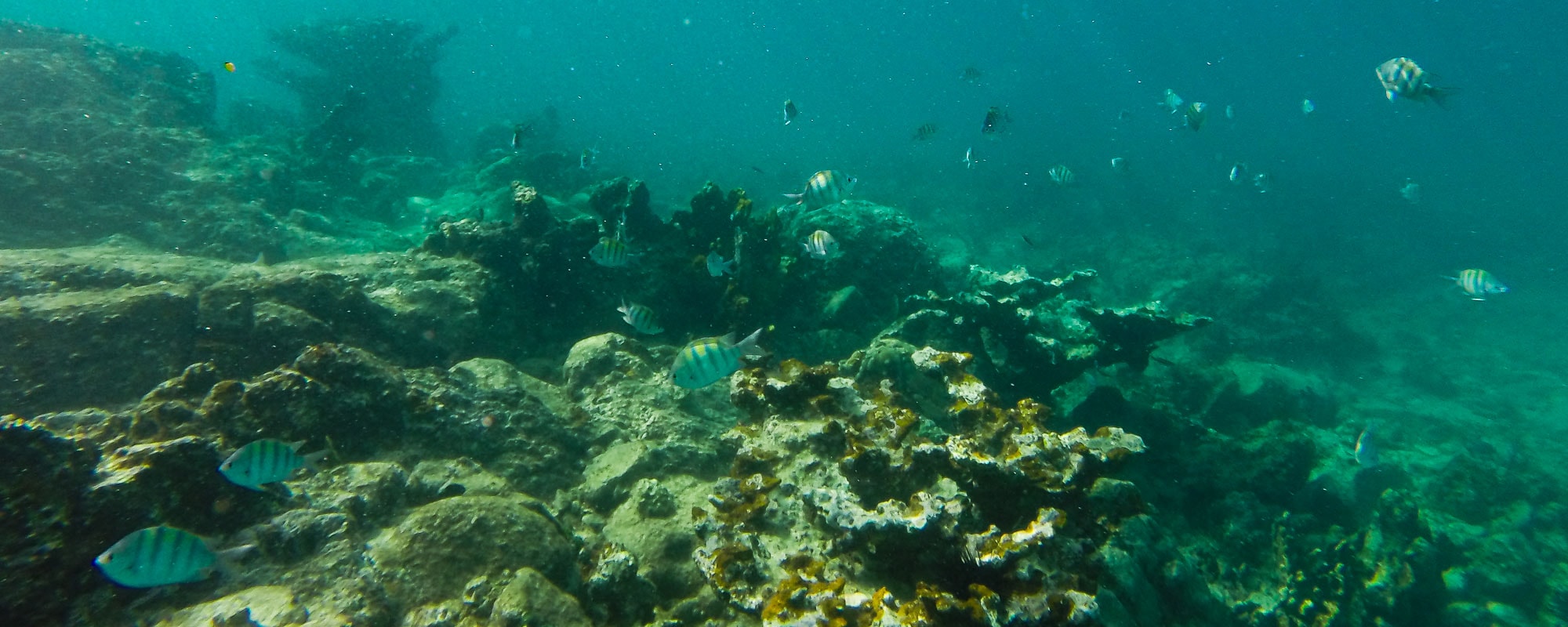One of the most paradisiacal national parks, Virgin Islands National Park is home to fascinating historic sugar plantation ruins, as well as forested hills, stunning turquoise beaches, and vibrant coral reefs.
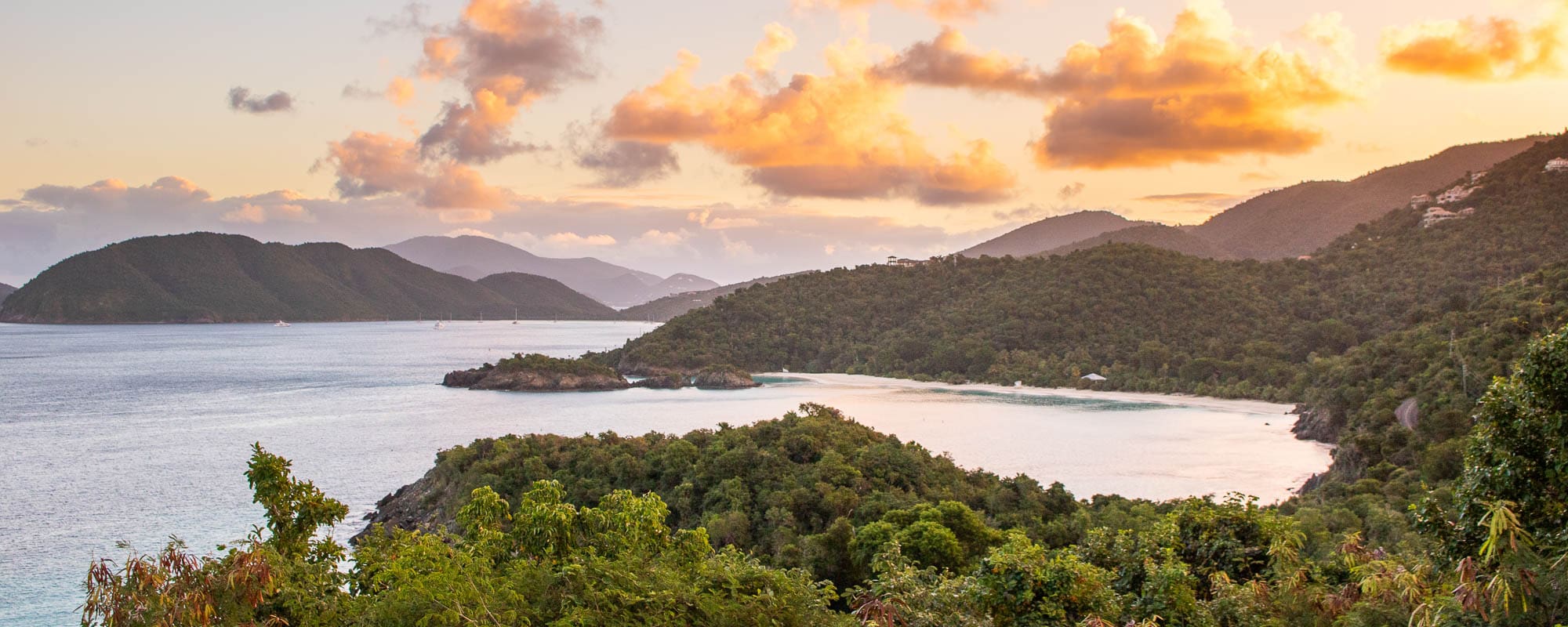
Virgin Islands National Park encompasses more than 60 percent of the island of St. John in the U.S. Virgin Islands. Additionally, the park also preserves thousands of acres of offshore waters, rocky shorelines, seagrass beds, and reefs.
A network of hiking trails crisscross the interior hills, peaceful paths that allow visitors to immerse themselves in tropical forests, visit the ruins of Danish sugar mills and plantations, and access remote beaches.
One of the park’s top attractions are its glorious white-sand beaches. Fringed by palm trees and sea grapes, some of these beaches are considered among the most beautiful on Earth—especially beaches like Honeymoon, Hawksnest, Trunk Bay, and Cinnamon are popular among park visitors.

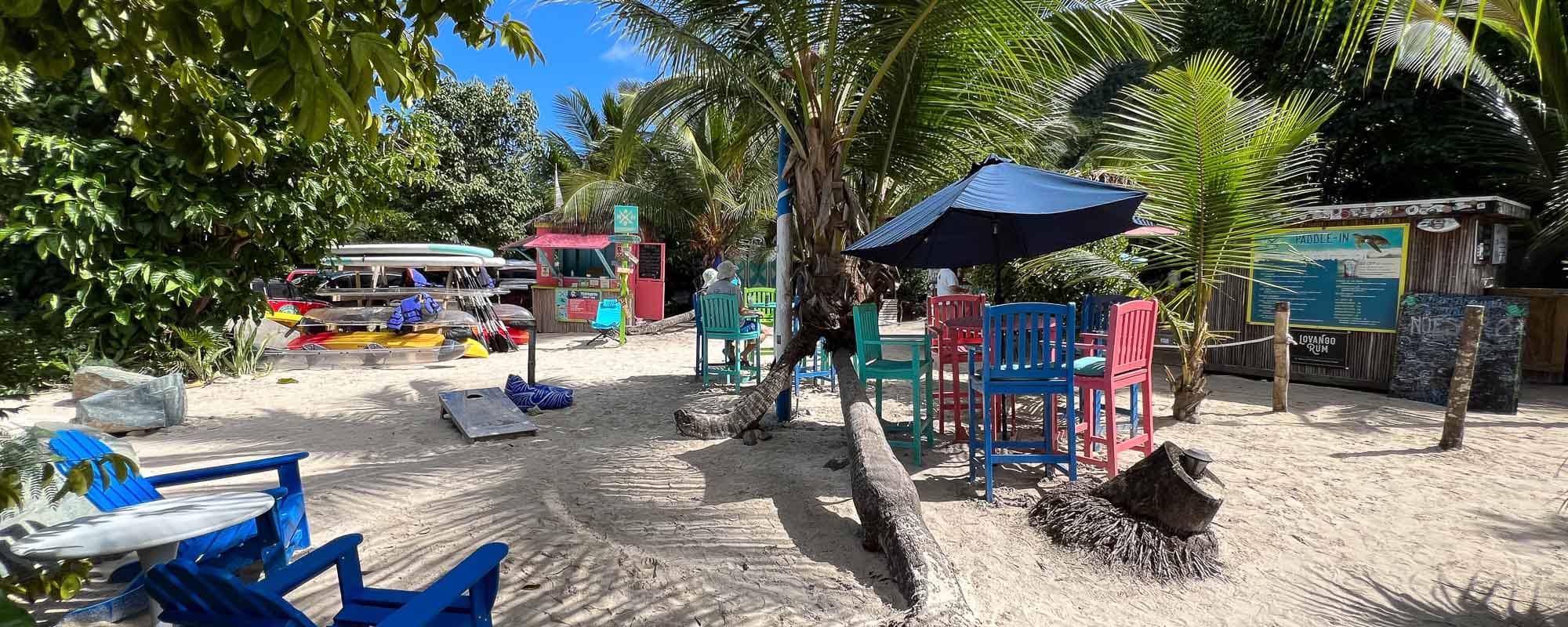

In addition to sunbathing, you can also go sea kayaking, stand-up paddleboarding, and snorkeling. Especially the latter is a must-do activity when visiting Virgin Islands National Park. Below the water’s surface, you’ll find a stunning submerged world of corals, numerous tropical fish, sea urchins, stingrays, sea turtles, and octopuses.
Whatever you decide to do in Virgin Islands National Park, the National Park Service recommends to “pay no attention to your wristwatch; better yet, don’t even wear one. Adjust yourself instead to St. John’s slower pace.”
This is very much a park to slow down, relax, enjoy the magnificent tropical scenery, and soak up some Caribbean sun.
Make sure to visit some of the park’s historic sights, particularly the sugar plantation ruins—but don’t feel guilty while spending entire afternoons on a beach, doing nothing more than snorkeling, sipping cocktails, and sunbathing. In fact, that’s exactly what Virgin Islands National Park is about.
Take the Park Service’s advice and “forget about trying to cram too many things into your visit. Ignore this advice and you will depart less enriched than those who have made a successful transition to island time.”

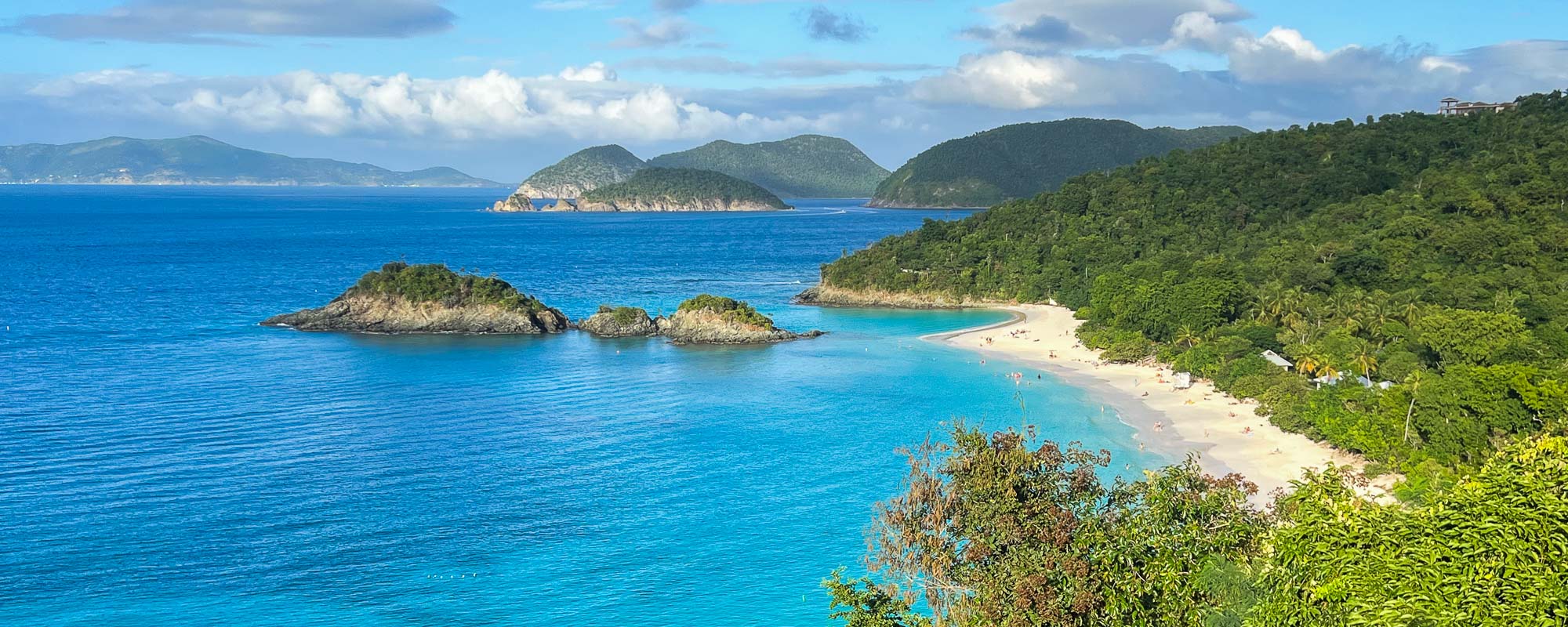

This Virgin Islands National Park information page contains affiliate links. You can read more about our Terms of Use / Disclosure here.
Highlights of Virgin Islands National Park
Comprising over 60 percent of the island of St. John, Virgin Islands National Park preserves many of the island’s historic plantation ruins, as well as a collection of pre-Columbia Taino petroglyphs. Visitors will also find jaw-dropping beaches, great hiking trails, and world-class snorkeling opportunities here.
Must-See Historic Ruins & Sites
- Annaberg Sugar Mill Ruins
- Catherineberg Sugar Mill Ruins
- Cinnamon Bay Sugar Factory Ruins
- Peace Hill Ruins
- America Hill Ruins
- Murphy Great House Ruins
- Reef Bay Sugar Mill Ruins
- Pre-Columbian Taino Petroglyphs

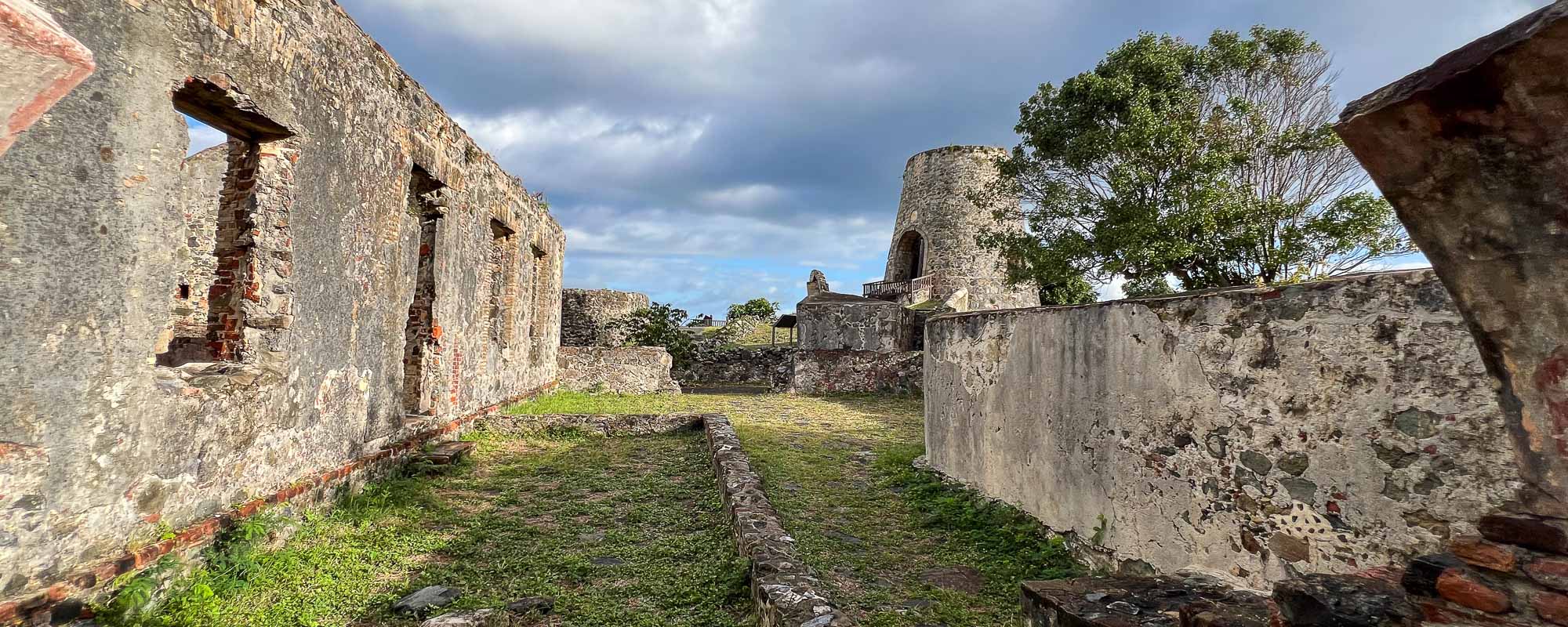

Recommended Day Hikes
- Lind Point Trail
- Cinnamon Bay Nature Loop
- Cinnamon Bay Trail to America Hill Ruins
- Francis Bay Boardwalk
- Reef Bay Trail
- Ram Head Trail
- Leinster Bay and Johnny Horn Trails to Murphy Great House Ruins
Most Beautiful Beaches
- Honeymoon Beach
- Hawksnest Beach
- Jumbie Beach
- Trunk Bay Beach
- Cinnamon Bay Beach
- Maho Bay Beach
- Waterlemon Bay Beach
- Reef Bay Beach
- Salt Pond Bay Beach
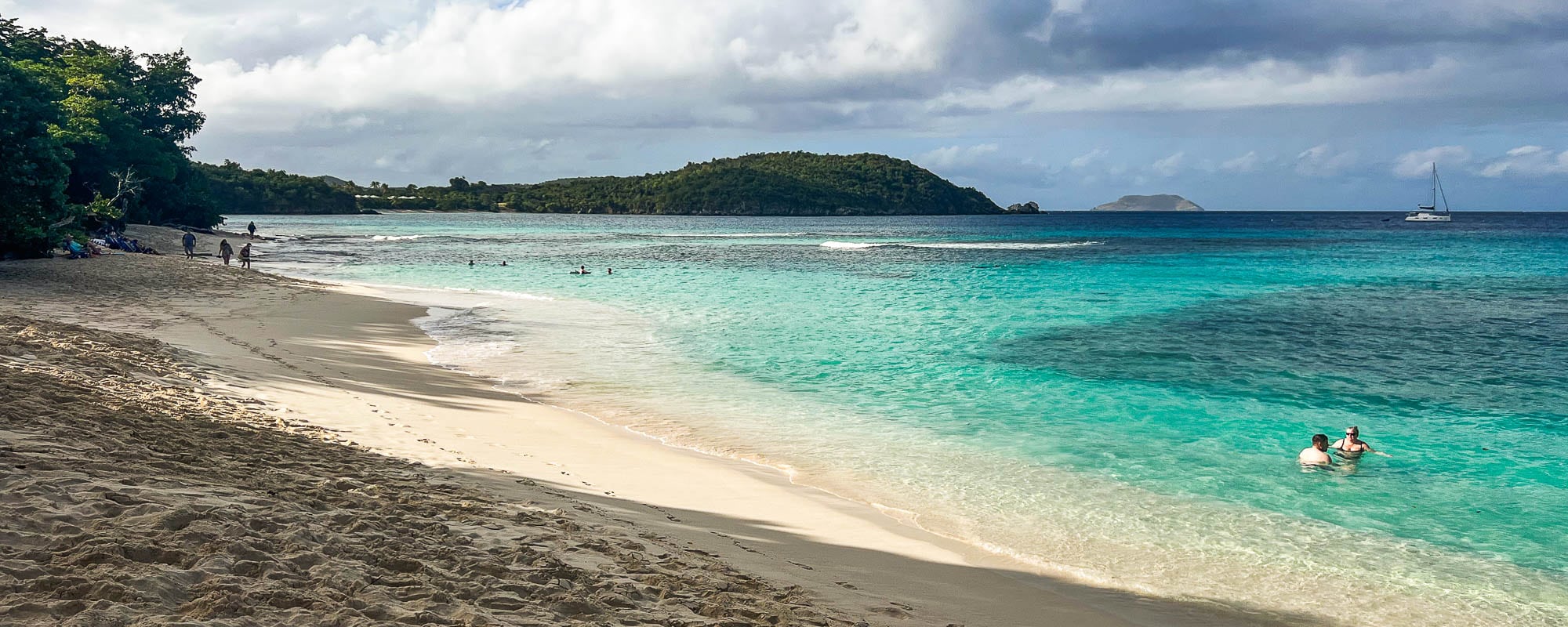
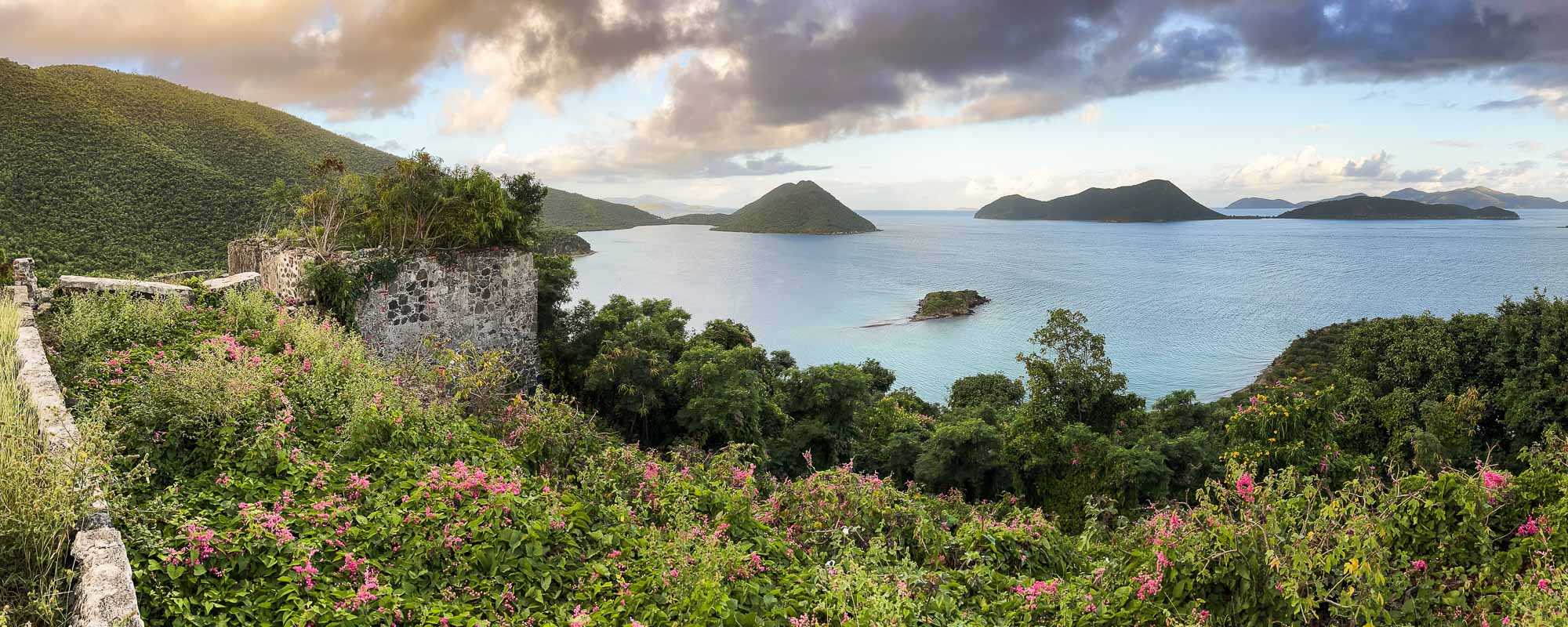
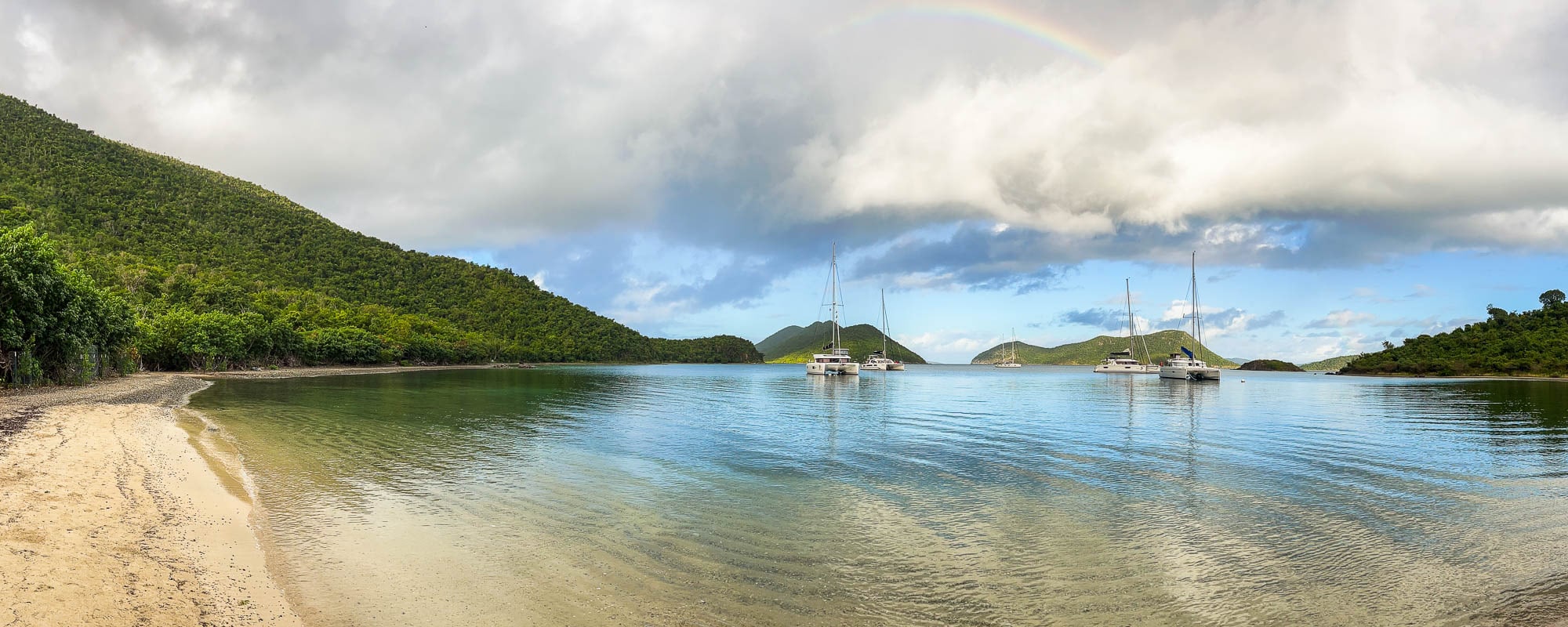
Useful Info
Location: St. John, U.S. Virgin Islands
Nearest Town/Airport: Charlotte Amalie, St. Thomas
Area: 20.17 square miles (12,909 acres)
Annual Visitors (2022): 196,752
Features: Historic sugar plantation ruins, tropical forests, pristine white-sand beaches, shallow bays, sprawling seagrass beds, coral reefs, marine life
Top Attractions: Annaberg Sugar Mill ruins, Cinnamon Bay Plantation ruins, Honeymoon Beach, Trunk Bay, Maho Bay, Waterlemon Cay, Salt Pond Bay, Ram Head
Popular Activities: Hiking, exploring plantation ruins, sunbathing, swimming, snorkeling
Suggested Stay: 4-5 days
Campgrounds:
More Information:
Nearby National Parks:
- Biscayne National Park, Florida
- Dry Tortugas National Park, Florida
- Everglades National Park, Florida



